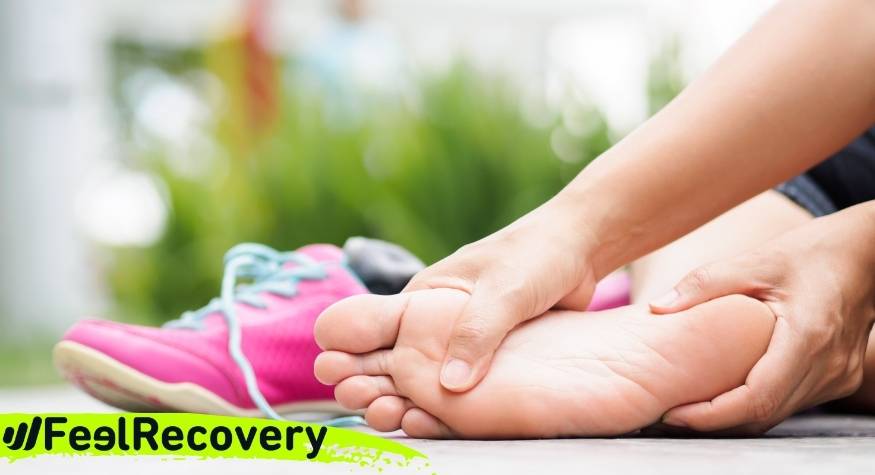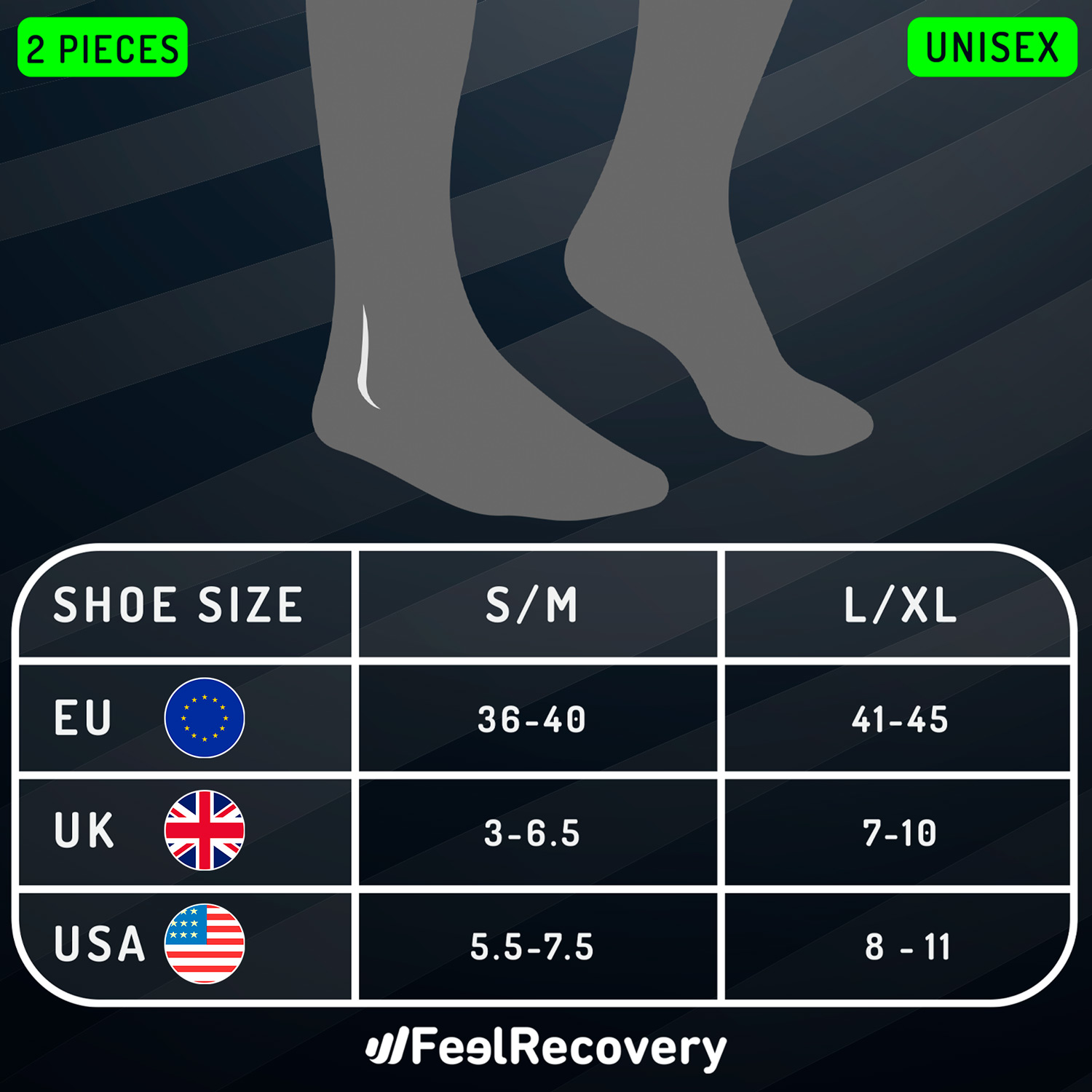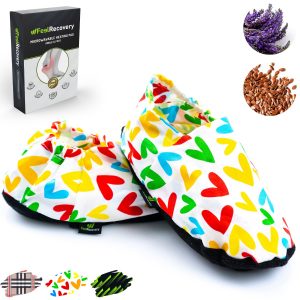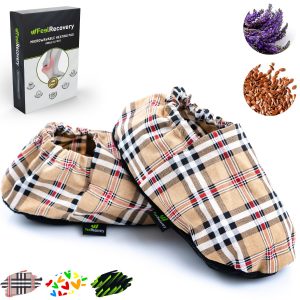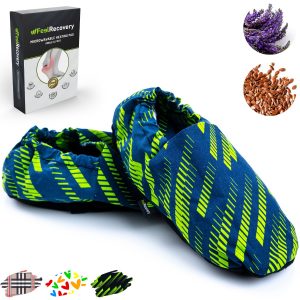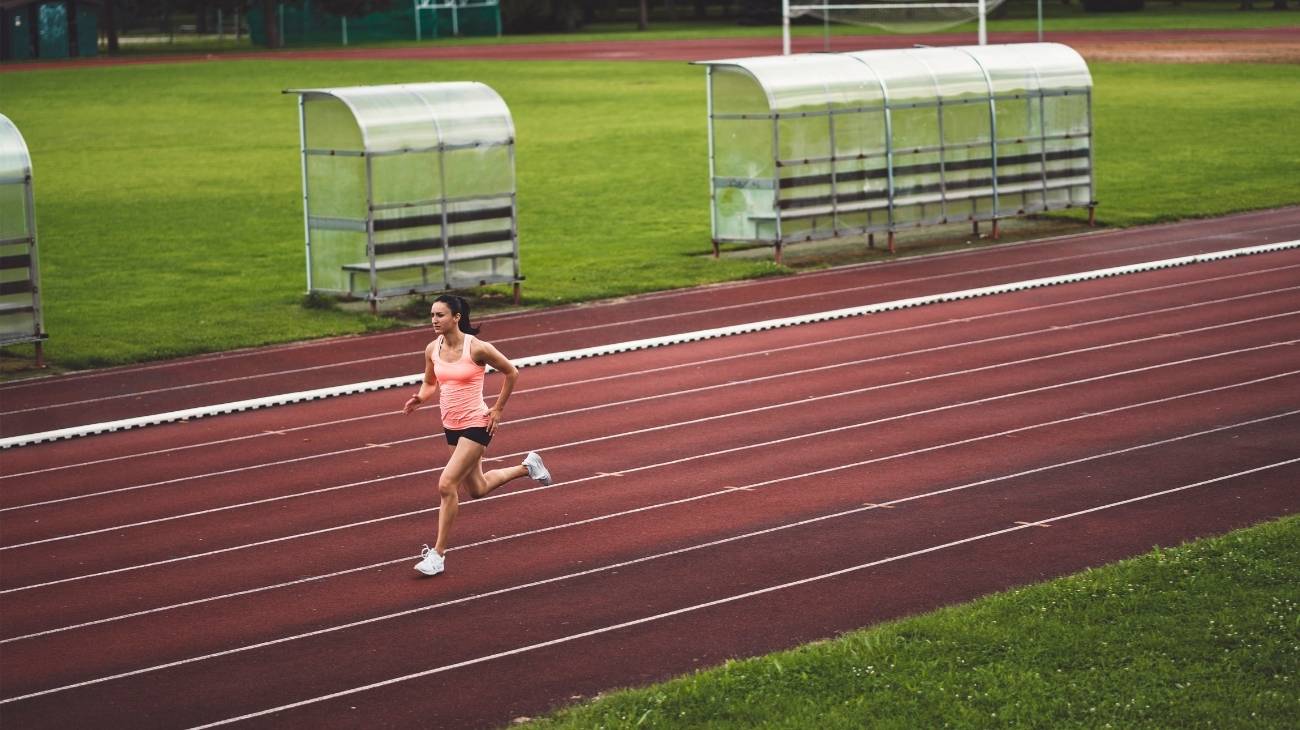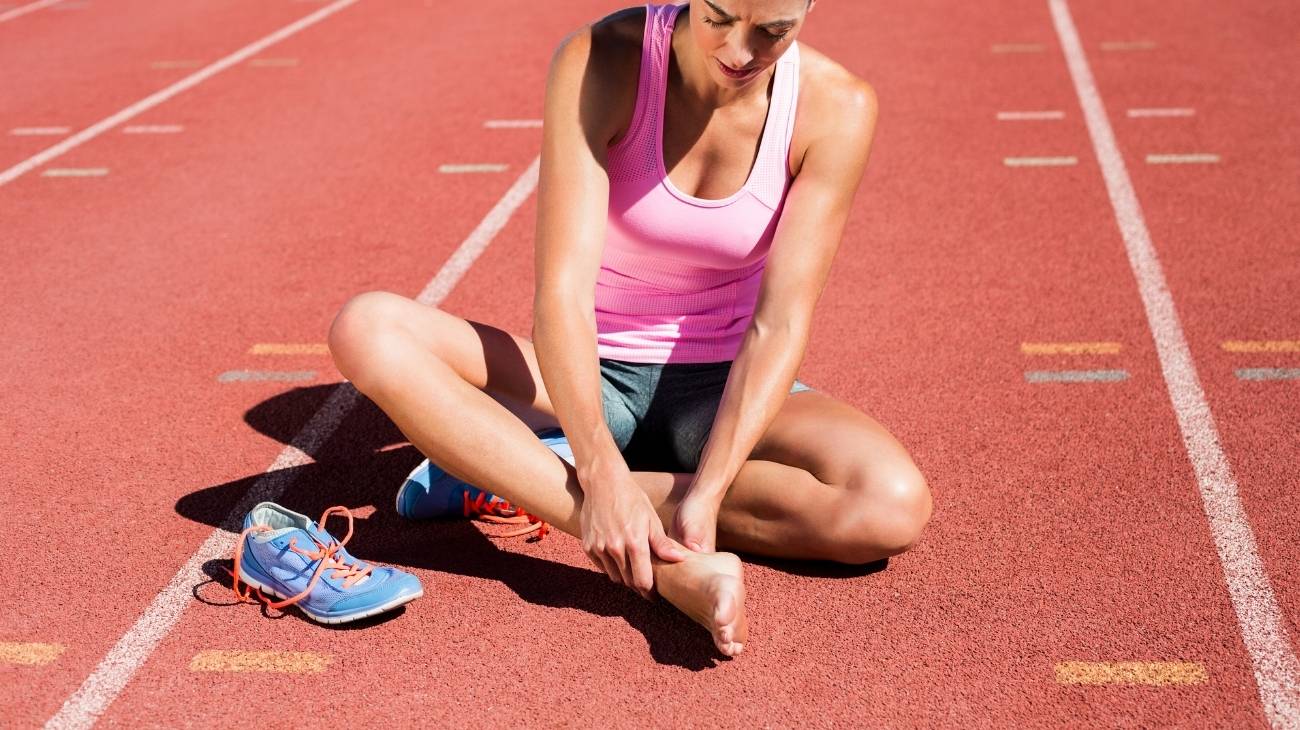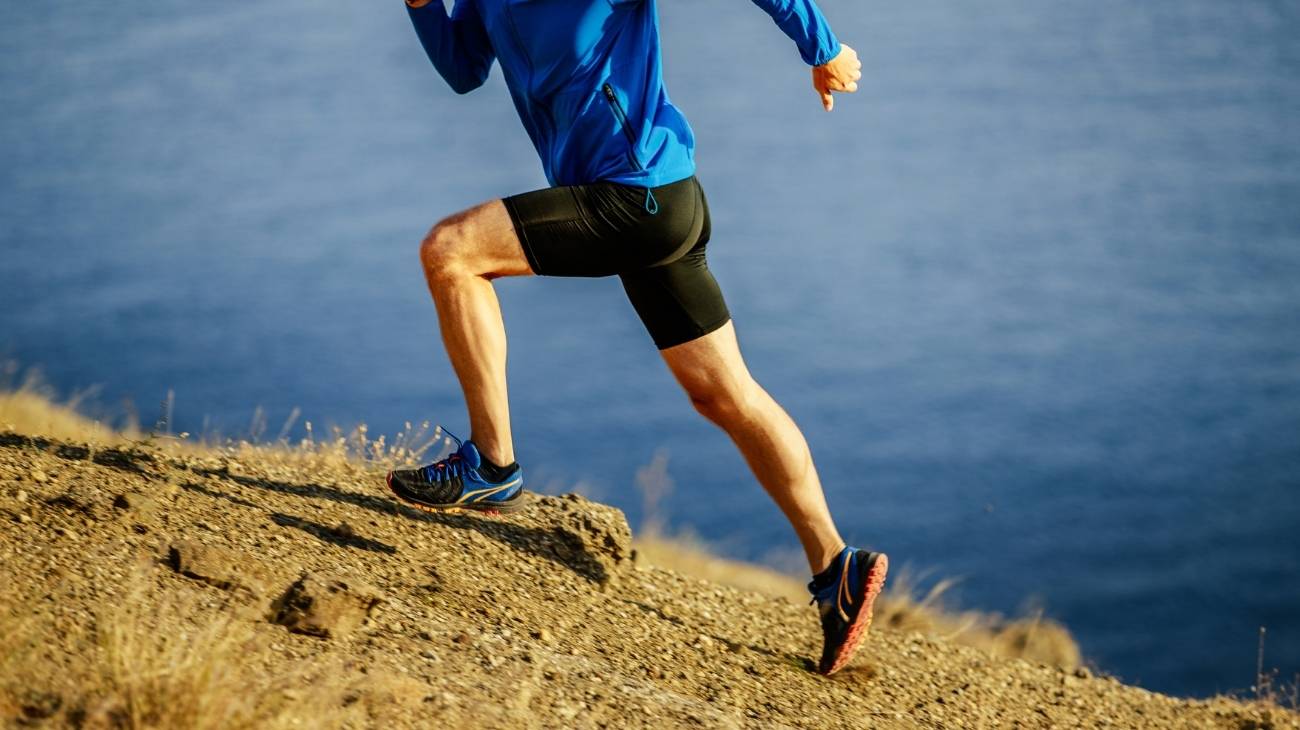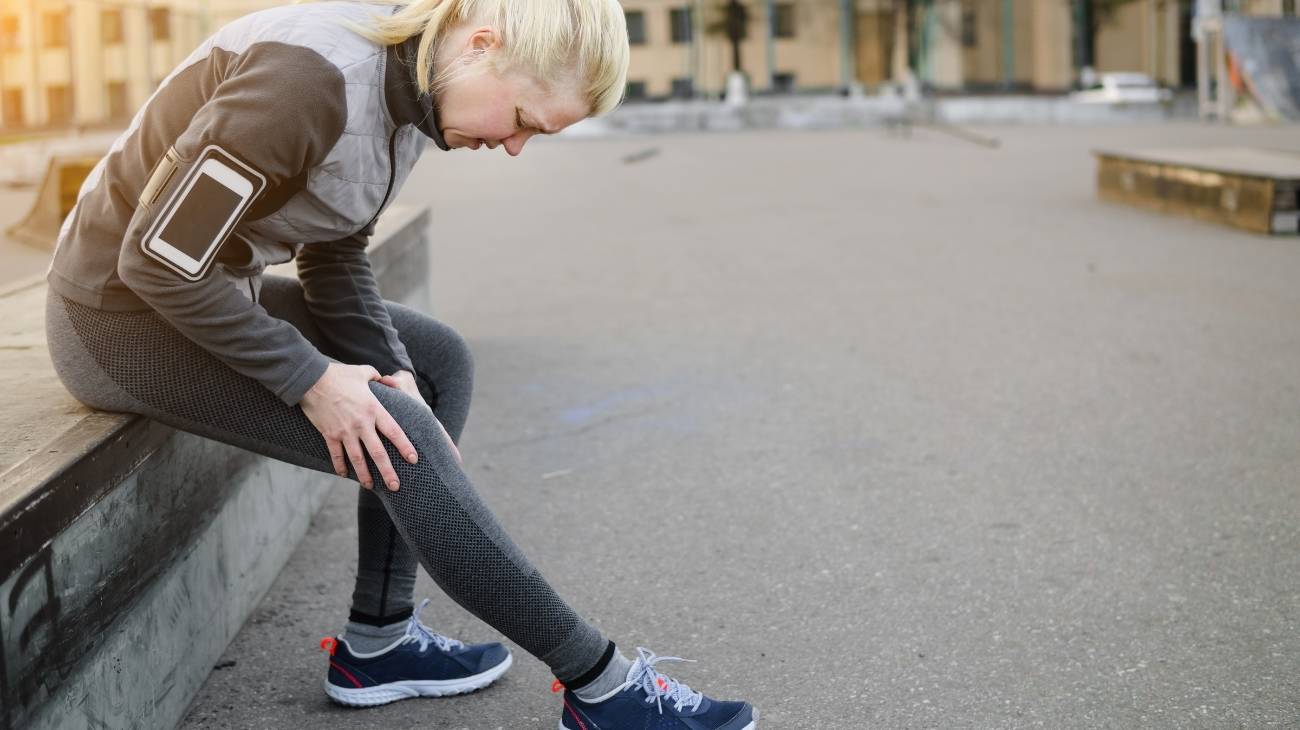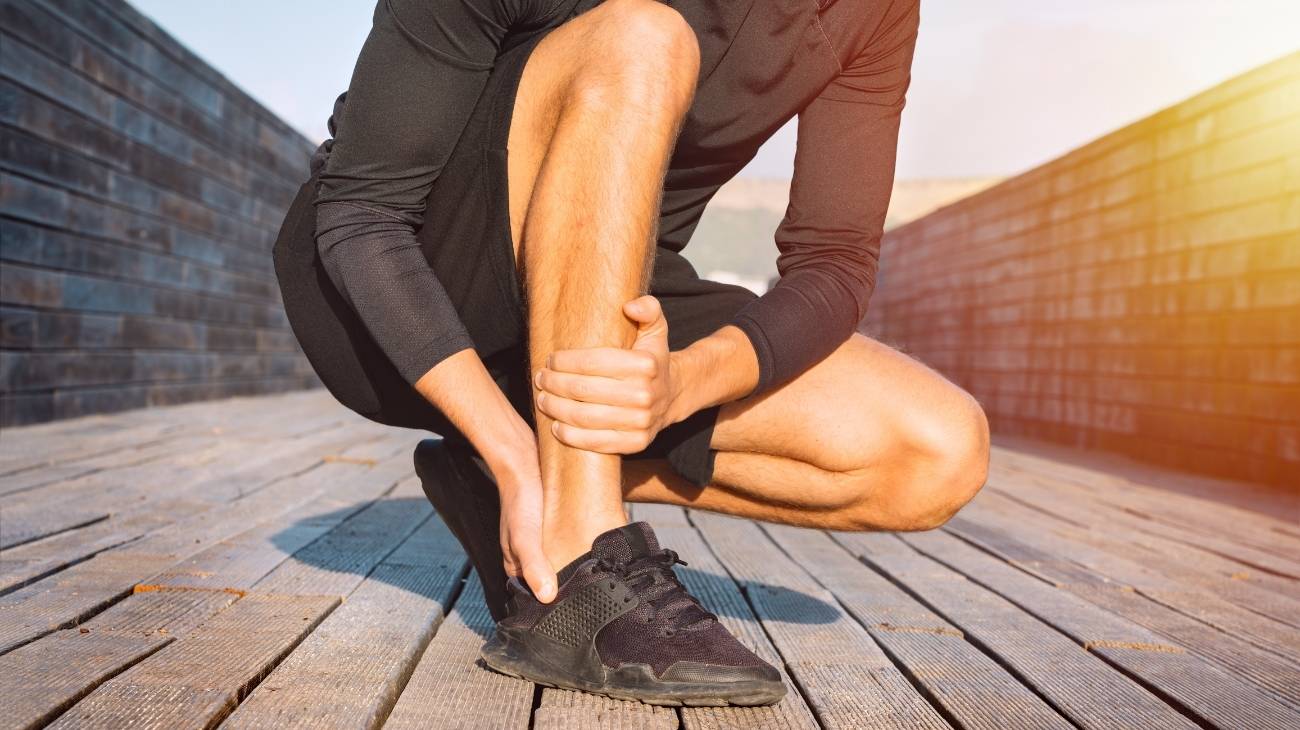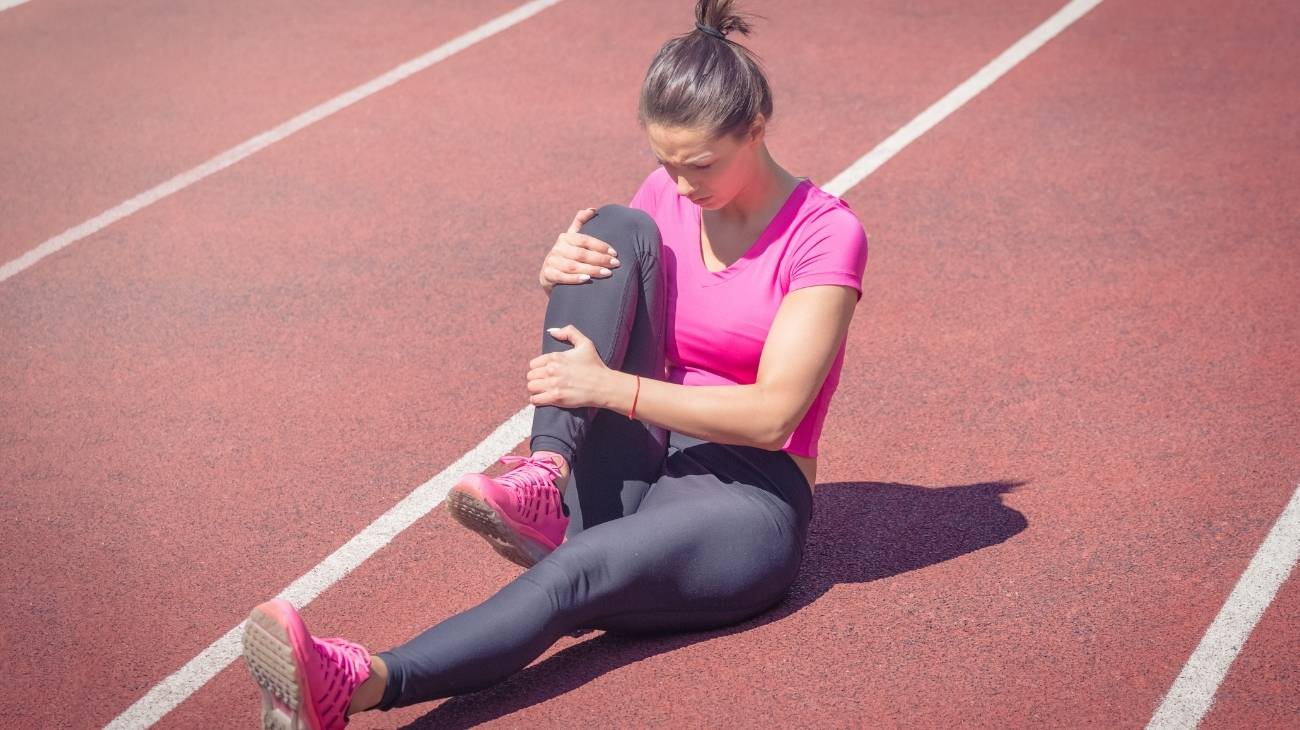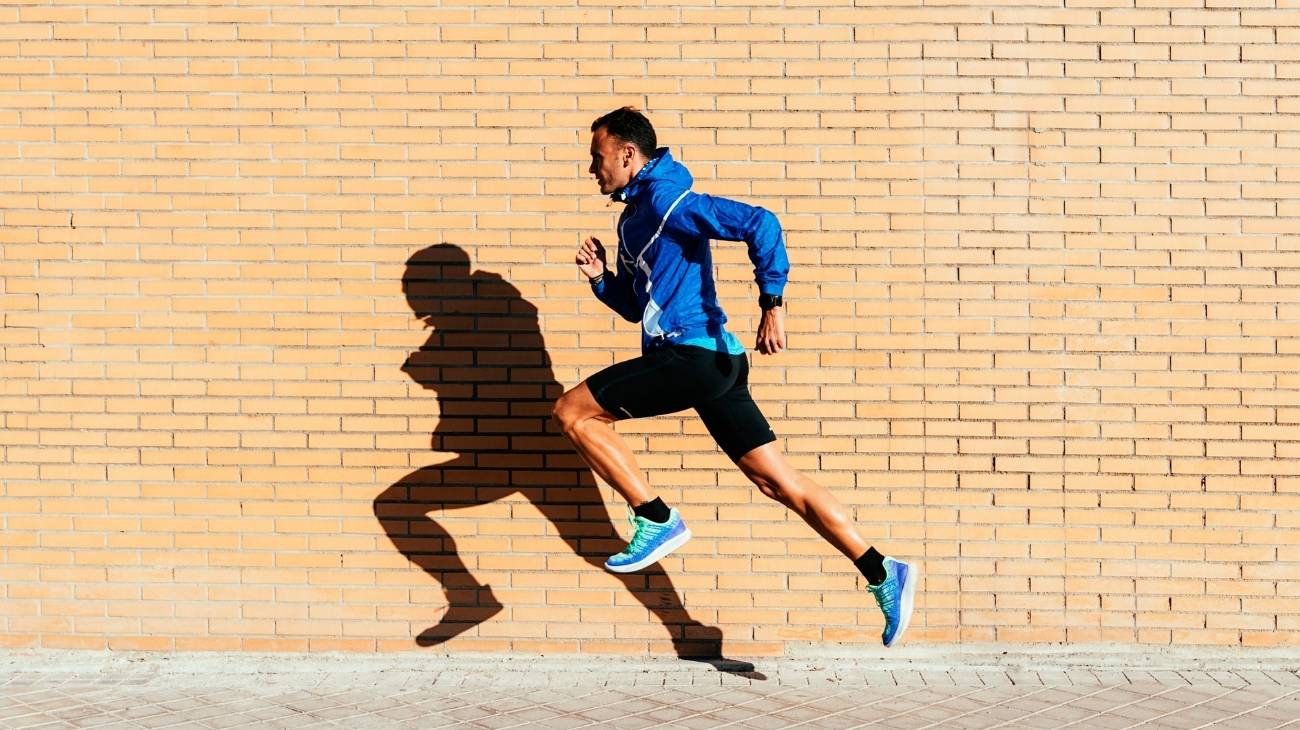On average, in a 10-kilometre race, a runner can take more than 8,000 strides and, depending on the type of race, the feet can support double or triple the athlete's weight. Without a doubt, the feet are the most important part of the body for a runner, so keeping them healthy should always be a priority.
In the following article we will explain the most common foot injuries when running. You will also see how to apply the PRICE therapy for first aid. Finally, you will find out which are the best products on the market if you are looking for a better recovery.
What are the most common types of running foot injuries?
In addition to the knees and ankles, the feet bear the entire weight of the body. Most injuries are caused by not knowing the biomechanics of the stride and not using shoes that fit the athlete's running style. Good foot health and care will ensure that you perform better.
So check out this list of the most common running foot injuries:
Athlete's foot
Athlete's foot is an annoying and quite common injury in runners. It is caused because the skin of the feet is covered at all times by a fabric that is not very breathable and causes sweat to keep the whole area damp. This creates an ideal ecosystem for skin fungi to live and can lead to infection.
The infection starts with itching and redness of the skin, then begins to flake off like a snake changing the skin. Keep in mind that athlete's foot is highly contagious and it is best to avoid contact with someone else's socks.
Blisters
In its most chronic form, blisters bleed and expose the second layer of skin to rubbing from footwear. It is a careless injury as the progression of a blister is progressive, and you will always notice when an area fills with fluid and begins to swell on your foot.
How to avoid friction between skin and footwear? You should wear breathable socks, preferably made of cotton, with no seams at the ends and in your size. Another recommendation is to tighten the laces of your footwear to avoid friction to a minimum. Also, wearing new shoes on days when you do long training sessions is not ideal.
Black toenails
They are caused by bruises on the skin at the level of the nails. They occur when shoes are not the right size for the runner and are too tight. Strong blows to the toe are another cause for the nails to turn a dark colour, almost black, purple or blue. It is certainly a malady of long distance running where the feet suffer from too much pressure on them for too long.
It is best to rest completely until the pain and the tones in the nails have disappeared. Also wear comfortable, breathable shoes during this rest to aid recovery.
Plantar fasciitis
Plantar fasciitis is the name given to inflammation of the plantar fascia, which is a tissue found on the sole of the foot. It is a progressive condition, so paying attention to the symptoms of pain in this area will be key to preventing a minor discomfort from developing into a serious injury.
When plantar fasciitis is diagnosed, treatment is slow and includes physiotherapy. The runner must be patient and wait for a full recovery before returning to activity otherwise there may be a relapse and it may even become a chronic problem.
Tendonitis in extensors of the foot
There is a lifting of the toes when running that we cannot avoid, it is part of the biomechanics of the running movement, and so there can be inflammation in the tendons that allow this lifting. The toe extensors are thin tendons that run along the top of the foot and are connected to the tibia tendons. Like any other tendon in the body, they can become inflamed from overwork.
When the excess tension exceeds their elasticity, there may be micro-cracks in the tendon fibres until they rupture completely, which will send us to surgery through arthroscopy and then to recovery with physiotherapy support.
Metatarsal fracture
Metatarsals are fragile bones and the main cause of this injury is soft tissue stress. If tissues such as muscles, tendons and ligaments are fatigued , it is likely that all the pressure and sporting demands are placed on them and cause them to break, or that they are more susceptible to fracture from any blow or incorrect footing.
What causes a stress fracture? Training without adequate rest, a change in training intensity and constant twisting of the feet that ends up wearing down the elasticity of the tissues.
Sprained feet
In addition to sprained ankle ligaments, the tissues in the feet also suffer from falls and bad footing on uneven ground, which can cause the ligaments and tendons in them to suffer partial or complete tears.
Watch out for localised pain on the back and top of the foot, inflammatory processes and increased temperature, which can often be mistaken for other ailments but are in fact a clear sign of damage to the soft tissues of the limb.
Best products for foot injury recovery in running
Bestseller
-
2 Ankle Compression Sleeve (Black/Gray)
£17,50 -
2 Ankle Compression Sleeve (Green/Navy)
£17,50 -
2 Ankle Compression Sleeve (Pink/Bordeaux)
£17,50 -
Acupressure Mat and Pillow (Black/Gray)
£44,95 -
Acupressure Mat and Pillow (Green/Navy)
£44,95 -
Acupressure Mat and Pillow (Pink/Bordeaux)
£44,95 -
Acupressure Pillow (Black/Gray)
£21,52 -
Acupressure Pillow (Green/Navy)
£21,52 -
Acupressure Pillow (Pink/Bordeaux)
£21,52 -
Foot Massage Roller for Plantar Fasciitis (Black)
£17,50 -
Foot Massage Roller for Plantar Fasciitis (Green)
£17,50 -
Foot Massage Roller for Plantar Fasciitis (Pink)
£17,50 -
High Density Foam Roller for Muscle (Black/Gray)
£24,95 -
High Density Foam Roller for Muscle (Green/Navy)
£24,95 -
High Density Foam Roller for Muscle (Pink/Bordeaux)
£24,95 -
Ice Massage Roller Ball (Black)
£34,95 -
Ice Massage Roller Ball (Green)
£34,95 -
Ice Massage Roller Ball (Pink)
£34,95 -
Ice Pack for Foot - Cold Therapy Socks (Black)
£21,95 -
Ice Pack for Foot - Cold Therapy Socks (Green)
£21,95 -
Ice Pack for Foot - Cold Therapy Socks (Pink)
£21,95 -
Microwavable Heated Slippers (Hearts)
£21,50 -
Microwavable Heated Slippers (Oxford)
£21,50 -
Microwavable Heated Slippers (Sport)
£21,50 -
Microwaveable Wheat Bag for Pain Relief (Hearts)
£17,50 -
Microwaveable Wheat Bag for Pain Relief (Oxford)
£17,50 -
Microwaveable Wheat Bag for Pain Relief (Sport)
£17,50 -
Pack 2 in 1: Foam Roller High + Soft Density (Black/Gray)
£24,95 -
Pack 2 in 1: Foam Roller High + Soft Density (Green/Navy)
£24,95 -
Pack 2 in 1: Foam Roller High + Soft Density (Pink/Bordeaux)
£24,95 -
Soft Density Foam Roller for Recovery (Black)
£24,95 -
Soft Density Foam Roller for Recovery (Green)
£24,95 -
Soft Density Foam Roller for Recovery (Pink)
£24,95 -
Sport Compression Socks (1 Pair) (Black/Gray)
£17,50 -
Sport Compression Socks (1 Pair) (Green/Navy)
£17,50 -
Sport Compression Socks (1 Pair) (Pink/Bordeaux)
£17,50
How to apply the RICE therapy to treat foot injuries in runners and athletes?
In the late 1970s, the PRICE therapy became known as an effective way to address pain and reduce inflammation in the face of injury. It is highly recommended for mild, soft-tissue injuries. Please note that the application time can be up to 72 hours.
Follow these steps to follow in case of an injury to your feet:
- Protection: Wrap your foot in a bandage and protect it from further movement to prevent further damage to the injury.
- Rest: In the first few days you should not rest it on the ground and you will only be able to move it when you know the extent of the injury.
- Ice: Try applying ice every 10 minutes and if you see numbness in the affected area, you should reduce the frequency. This step is the beginning of inflammation and pain control.
- Compression: Use a compression ankle brace to reduce the mobility of the foot. You can wrap the foot with an elastic bandage if this provides relief.
- Elevation: Raise the affected foot above the level of the heart on a pillow. The blood supply will decrease, which promotes tissue swelling, reduction of bruising and cessation of pain.
References
- Subotnick, S. I. (1985). The biomechanics of running implications for the prevention of foot injuries. Sports Medicine, 2, 144-153. https://link.springer.com/article/10.2165/00007256-198502020-00006
- Kindred, J., Trubey, C., & Simons, S. M. (2011). Foot injuries in runners. Current sports medicine reports, 10(5), 249-254. https://journals.lww.com/acsm-csmr/fulltext/2011/09000/Foot_Injuries_in_Runners.6.aspx
- Daoud, A. I., Geissler, G. J., Wang, F., Saretsky, J., Daoud, Y. A., & Lieberman, D. E. (2012). Foot strike and injury rates in endurance runners: a retrospective study. Med Sci Sports Exerc, 44(7), 1325-1334. https://www.scinapse.io/papers/2119138797
- Kibler, W. B., Goldberg, C., & Chandler, T. J. (1991). Functional biomechanical deficits in running athletes with plantar fasciitis. The American Journal of Sports Medicine, 19(1), 66-71. https://journals.sagepub.com/doi/abs/10.1177/036354659101900111
- Rompe, J. D., Decking, J., Schoellner, C., & Nafe, B. (2003). Shock wave application for chronic plantar fasciitis in running athletes: a prospective, randomized, placebo-controlled trial. The American journal of sports medicine, 31(2), 268-275. https://journals.sagepub.com/doi/abs/10.1177/03635465030310021901
- Fields, K. B., Sykes, J. C., Walker, K. M., & Jackson, J. C. (2010). Prevention of running injuries. Current sports medicine reports, 9(3), 176-182. https://journals.lww.com/acsm-csmr/Fulltext/2010/05000/Prevention_of_Running_Injuries.00014.aspx
- Van Mechelen, W. (1992). Running injuries: a review of the epidemiological literature. Sports medicine, 14, 320-335. https://link.springer.com/article/10.2165/00007256-199214050-00004
- Messier, S. P., & Pittala, K. A. (1988). Etiologic factors associated with selected running injuries. Medicine and science in sports and exercise, 20(5), 501-505. https://europepmc.org/article/med/3193867
- Lysholm, J., & Wiklander, J. (1987). Injuries in runners. The American journal of sports medicine, 15(2), 168-171. https://journals.sagepub.com/doi/abs/10.1177/036354658701500213
- Hamill, J., van Emmerik, R. E., Heiderscheit, B. C., & Li, L. (1999). A dynamical systems approach to lower extremity running injuries. Clinical biomechanics, 14(5), 297-308. https://www.sciencedirect.com/science/article/abs/pii/S0268003398900924

